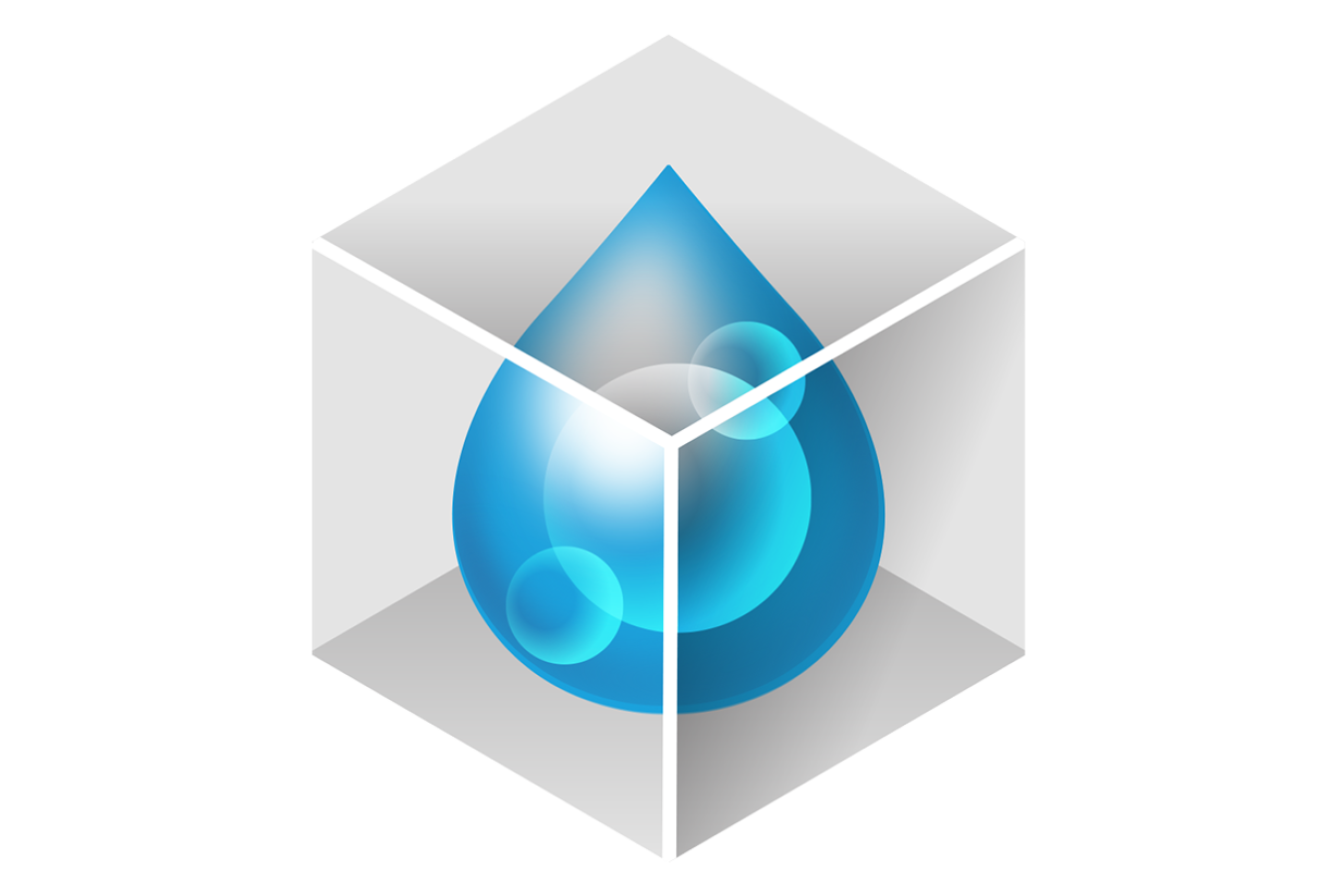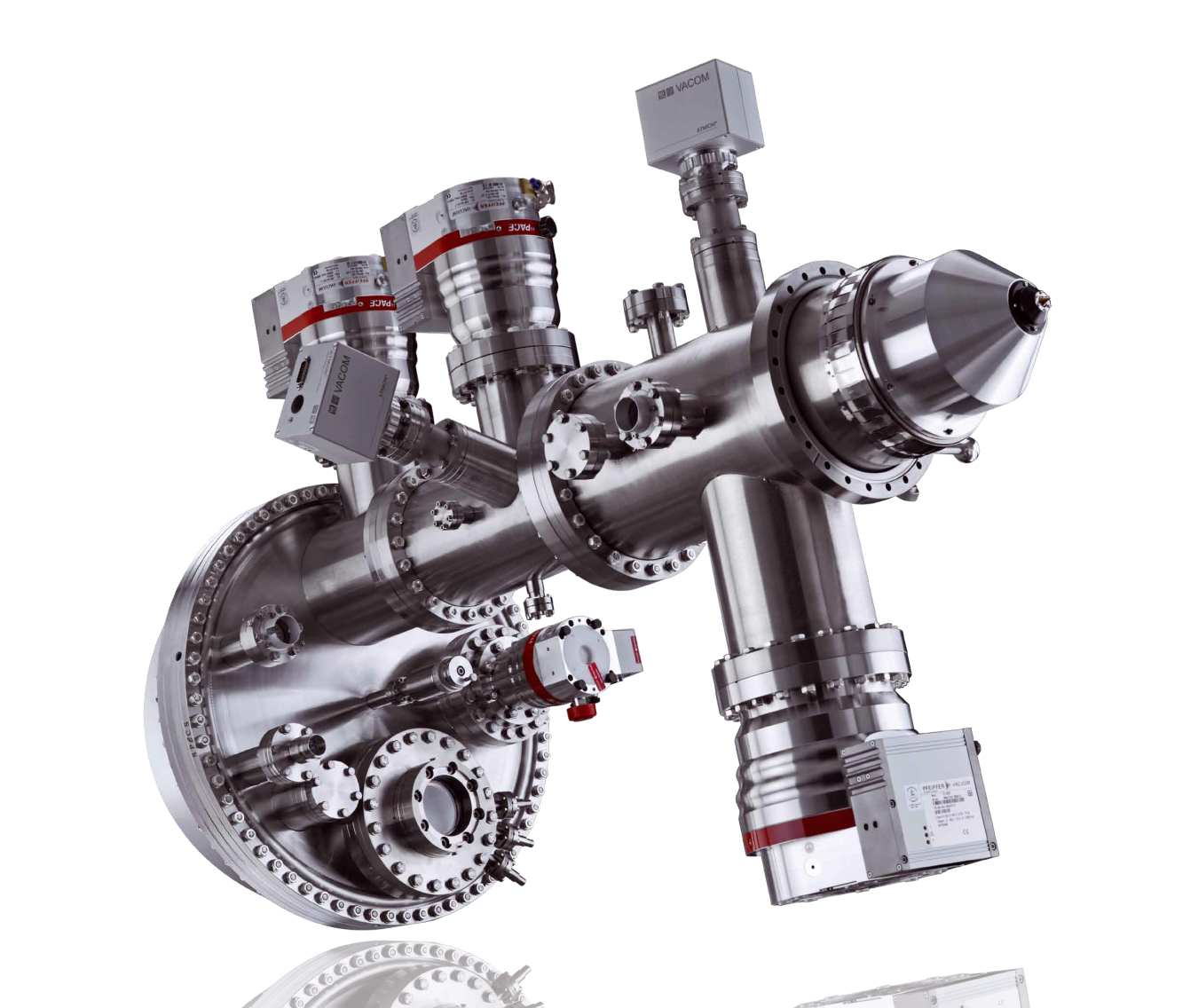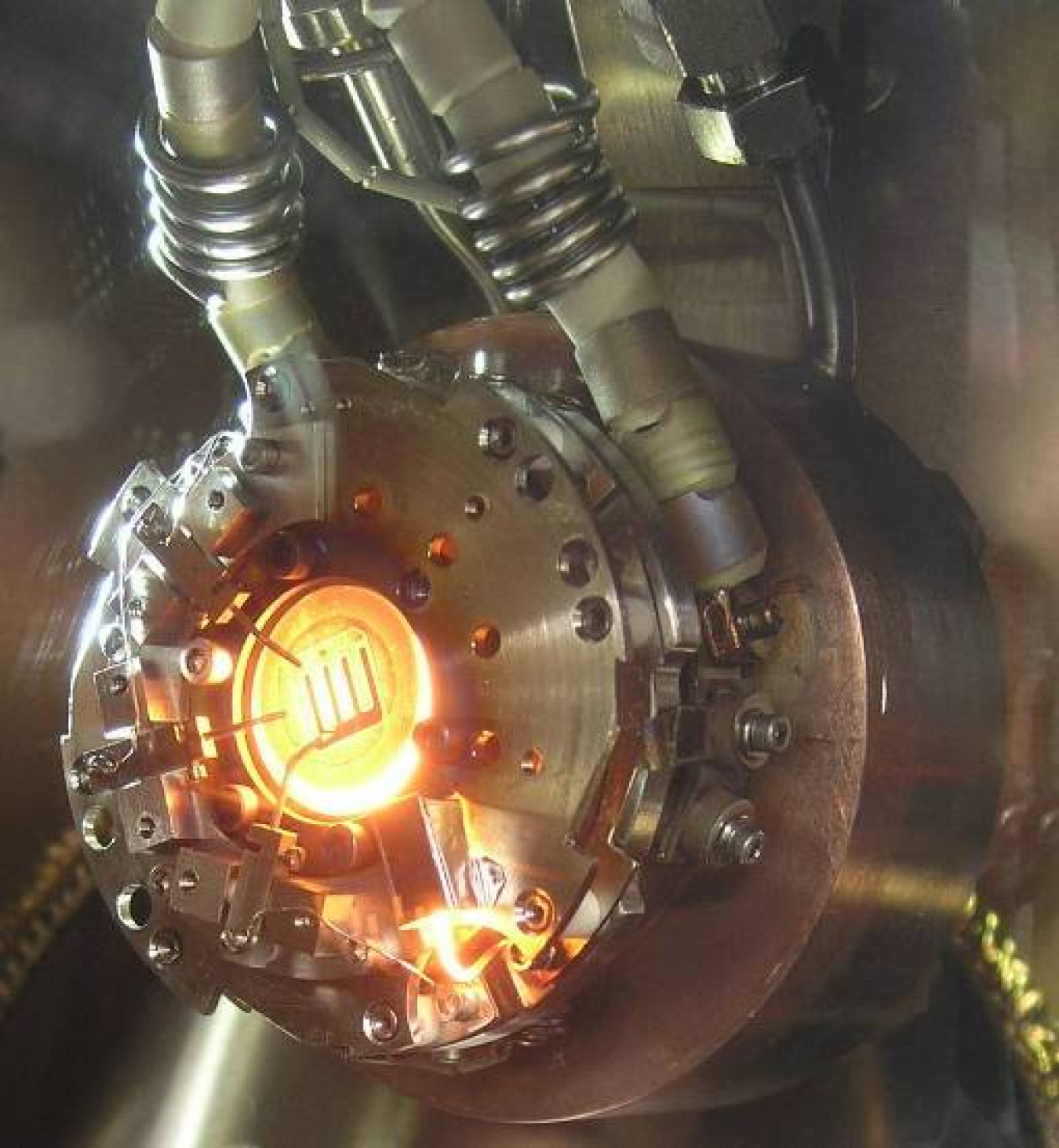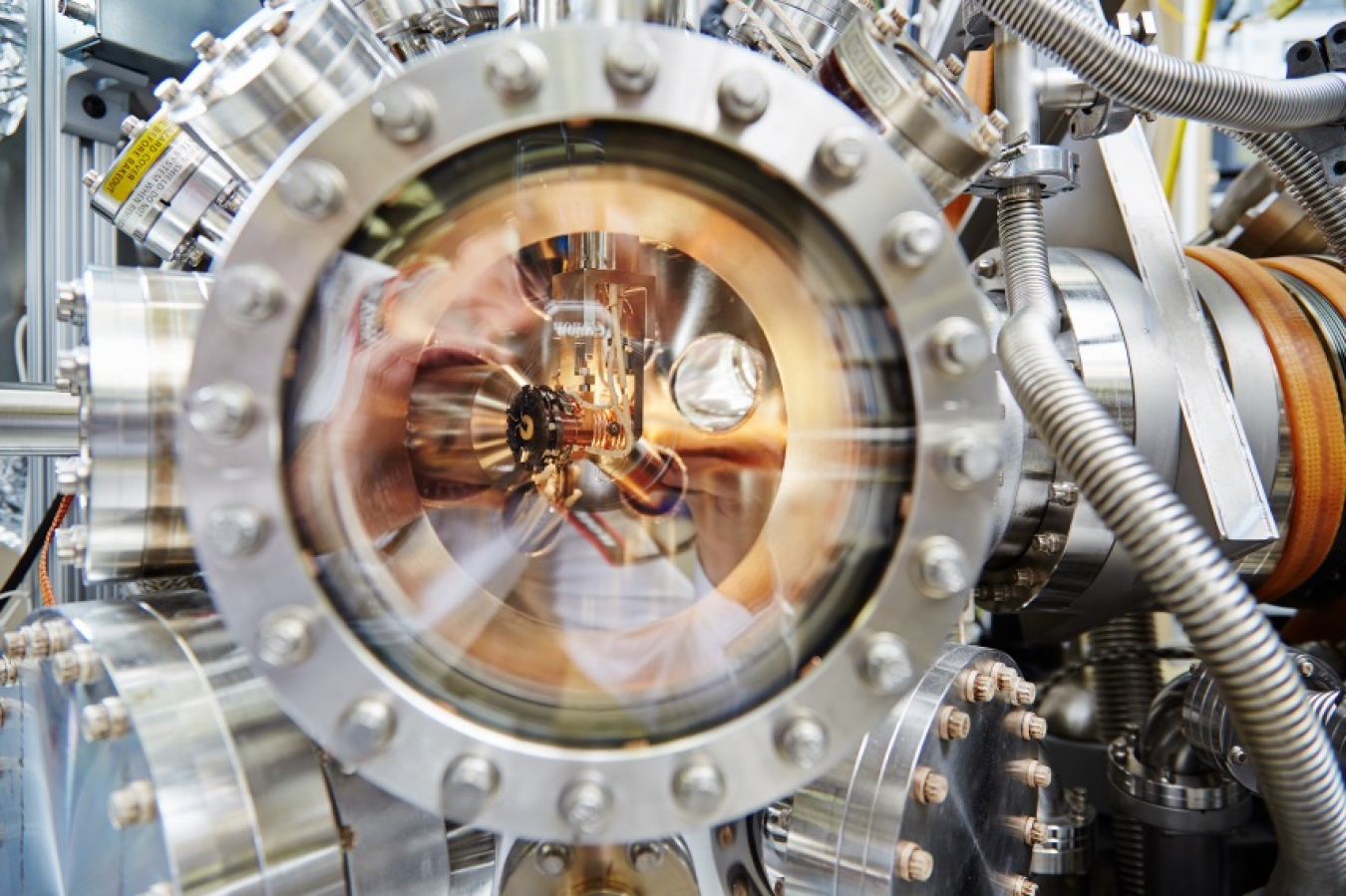
LABORATORY
Sandia National Laboratories (SNL)
CAPABILITY EXPERT
Farid El Gabaly
CLASS
Characterization
WATER-SPLITTING TECHNOLOGY
High-Temperature Electrolysis (HTE)
Low-Temperature Electrolysis (LTE)
Photoelectrochemical (PEC)
Solar Thermochemical (STCH)
Description
Ambient pressure Electrochemical XPS (E-XPS) is used to study surface/gas reactions in electrolyzer materials and electro-catalysts for water splitting and other oxygen reduction reactions, close to operating conditions of temperature and pressure). E-XPS measurements reveal 1) the chemical identity of the adsorbed reaction inter-mediates, and 2) the chemical state of the active materials. This important information is obtained simultaneously with traditional electrochemical characterization (voltammetry, impedance spectroscopy). A full characterization of surface electrochemistry requires knowledge of the composition and chemical state of the electro-catalyst/electrolyte surfaces. Electrochemical XPS provides this information, which is particularly important for transition-metal oxides such as perovskite catalysts, iron oxide phases, ceria (CeO2-x) and other oxide electrocatalysts. Traditional XPS can only be used in ultra-high vacuum conditions, allowing only ex-situ hydrogenation experiments and subsequent XPS measurements in vacuum. But the chemical reactivity and surface species can vary greatly with and without gas pressure. Near ambient pressure x-ray photoelectron spectroscopy (NAP-XPS) provides this information. In-situ studies with NAP-XPS can reveal the complex coupling between transport, surface reaction rates, and oxidation state changes.
Unique Aspects
Unique, in-house designed and fabricated electrochemical sample holder for XPS. In-operando electrochemistry and temperature while collecting XPS information. Reaction chamber attached to the system for surface/gas chemistry measurements.
Availability
The capability is available to staff, students, and visitors of SNL-CA in Livermore, California.
Benefit
E-XPS can help discover reaction mechanisms, intermediary species, and bottlenecks in electrocatalytical reactions at the gas/surface interface.
Images

Near-ambient pressure XPS electron energy analyzer SPECS PHOIBOS150.

High-temperature (800C) test of a solid-oxide ceramic electrolyzer device using our unique electrochemical holder.

Overview of the electrochemical XPS system.
References
None with this specific instrument.
Contact us to find out more about collaboration opportunities and access the capability nodes within the HydroGEN network.

